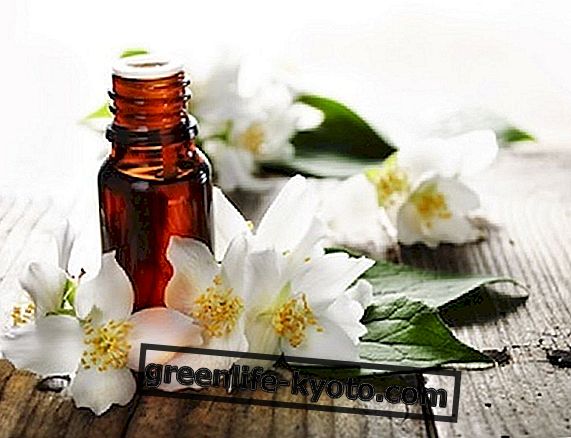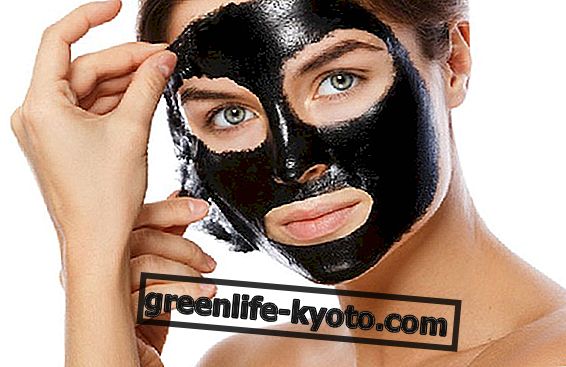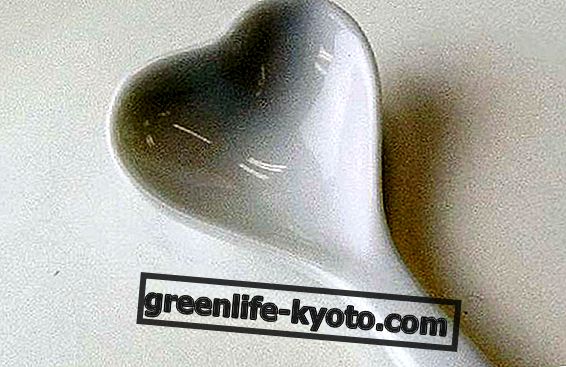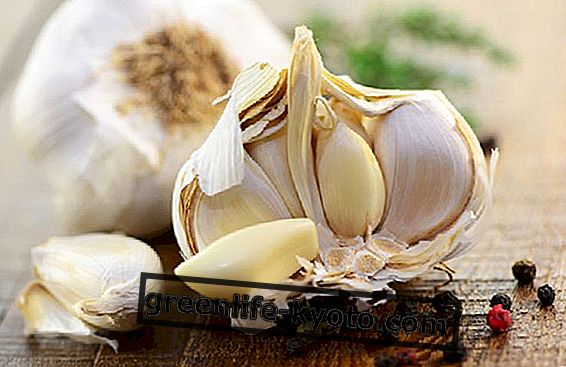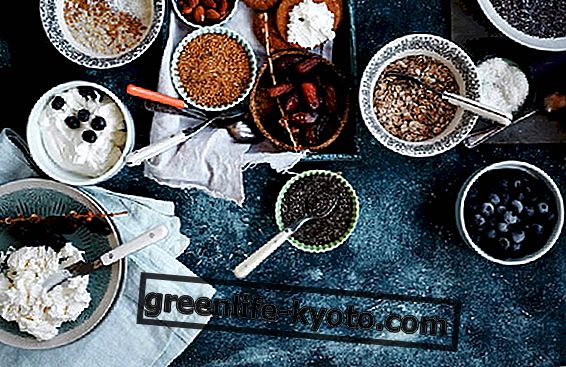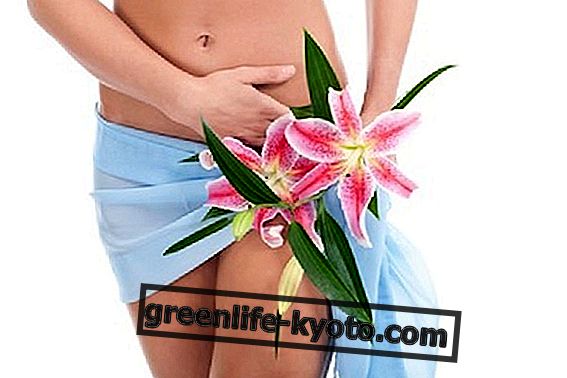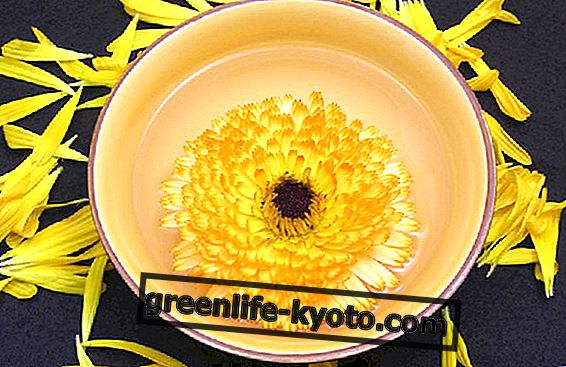Eucalyptus essential oil is derived from Eucaliptus globulus, a plant of the Mirtaceae family. Known for its many properties, it is useful in case of colds, headaches, cystitis and sinusitis . Let's find out better.

Properties and benefits of eucalyptus essential oil
Stimulating the logical faculties, the essential oil of eucalyptus if inhaled helps to regain concentration and freshness in moments of disorder and numbness. On the psychic level, in fact, the eucalyptus is a cold shower for those who fall easily into the throes of excitement. Its energy with a very intellectual value: it favors, learning and the desire to evolve in lazy and lazy people; it helps in case of inertia, indolence, difficulty concentrating and lack of interest in intellectual work.
Air purifying, if diffused in the environments, contrasts the propagation of infectious biological agents such as influenza and parainfluenza viruses. Preserves health and promotes healing.
Decongestant it fades and calms the irritation of the nasal mucous membranes, thins the phlegm on which it has an expectorant action, that is it facilitates the expulsion of the mucus. In aromatherapy it is used for inhalations, in case of colds, headache caused by sinusitis, rhinitis and cough.
Antiseptic, it also performs an effective antibacterial activity, very suitable for diseases of the urogenital tract in case of cystitis, leucorrhoea and candidiasis, for which it is also recommended for the deodorising effect .
Toning in case of circulatory failure. Like all balsamic essential oils, in external use, it has stimulating properties on the circulatory system. Diluted in almond oil and massaged on the lower limbs, it is a real cure for tired or swollen feet, ankles and legs: it reactivates circulation and refreshes, especially recommended during the summer season.
Description of the plant
A native of Australia, the eucalyptus is a very tall evergreen tree (it can reach 90 meters), which since the end of the nineteenth century has been cultivated in many parts of the world, particularly in countries with a warm climate. In Italy we find it mainly in the Mediterranean area.
The stem can reach 2 meters in diameter and is straight with bluish or yellow-reddish bark that is detached in longitudinal plates, often of considerable length. The leaves have different appearance depending on the age of the plant or the sprouts. In young suckers and young plants they are sessile and decussate, almost always welded together at the base, glabrous and light green in color, with reflections ranging from bluish to silvery to white-ash due to the gray-bluish pruinose coating. The lamina is 5-15 cm long, of ovate or ovate-lanceolate shape and with acute apex and entire margin. The consistency is herbaceous-leathery.
In adult plants the leaves are petiolate and alternate, glabrous, without a pruinose coating, of a deep green color. The lamina is 15-20 cm long, lanceolate and with a long acuminate apex shape. The consistency is leathery. The leaves and young shoots give off a strong aroma that becomes particularly intense and pungent, if wrinkled due to the abundant presence of essential oil. The flowers are solitary, brought to the axil of the leaves, rather showy. The cup is shaped like a cup covered with ribs and surmounted by an operculum which is detached at the moment of flowering. The corolla is absent.
The androceo is made up of numerous stamens, with long, white-cream filaments that give the flower a showy appearance and a spherical shape. The ovary is underworld. The fruit is a dehiscent capsule with a woody consistency, greyish in color and 1.5-2.5 cm in diameter. The irregularly conical shape takes up that of the glass. At maturity the capsule opens with cracks in the upper part letting the very small seeds come out.
Part used
Leaves and young shoots
Extraction method
Distillation in steam current
Note
Top note: fresh, balsamic woody fragrance
Discover also the properties and use of mother eucalyptus dye
Use and practical advice on eucalyptus essential oil
Environmental diffusion: 1 gc for every square meter of the environment in which it spreads, using essential oil burners, or in radiator humidifiers.
Internal use: 2 drops of eucalyptus essential oil in a teaspoon of honey (including eucalyptus) on a full stomach, is useful for treating upper airway disorders.
Massage oil: in 200 ml of sweet almond oil put 20 drops in the evening, massage the legs starting from the ankles upwards to take advantage of the refreshing and refreshing action. A few drops on the forehead in case of sinusitis and headache.
Contraindications of eucalyptus essential oil
In the presence of gastrointestinal inflammation, it can give rise to phenomena of intolerance to the digestive system. For this reason, it is not recommended to take it orally for people suffering from gastric disorders, for children, during pregnancy and breastfeeding. In external use high dosages can cause headache, and in some cases convulsive seizures.
Background
Its botanical name derives from the Greek Eucalyptos which means " well hidden ", " closed ", probably because the flowers, devoid of petals and protected by a membrane, remain hidden until flowering.
In Australia, the ancient aboriginal populations well knew the therapeutic virtues of this plant that they considered a kind of panacea. Even today it enjoys great favor among the multi-ethnic population that now lives on the continent.
In the marshy areas, with a high concentration of mosquitoes, it was planted with the intent to drain them; this thanks to its ability to absorb large quantities of water. The essential oil that evaporates from its leaves in summer, causes an optical effect similar to a halo of blue color that envelops the plants. Hence the expression " the Australian blue forests ".

